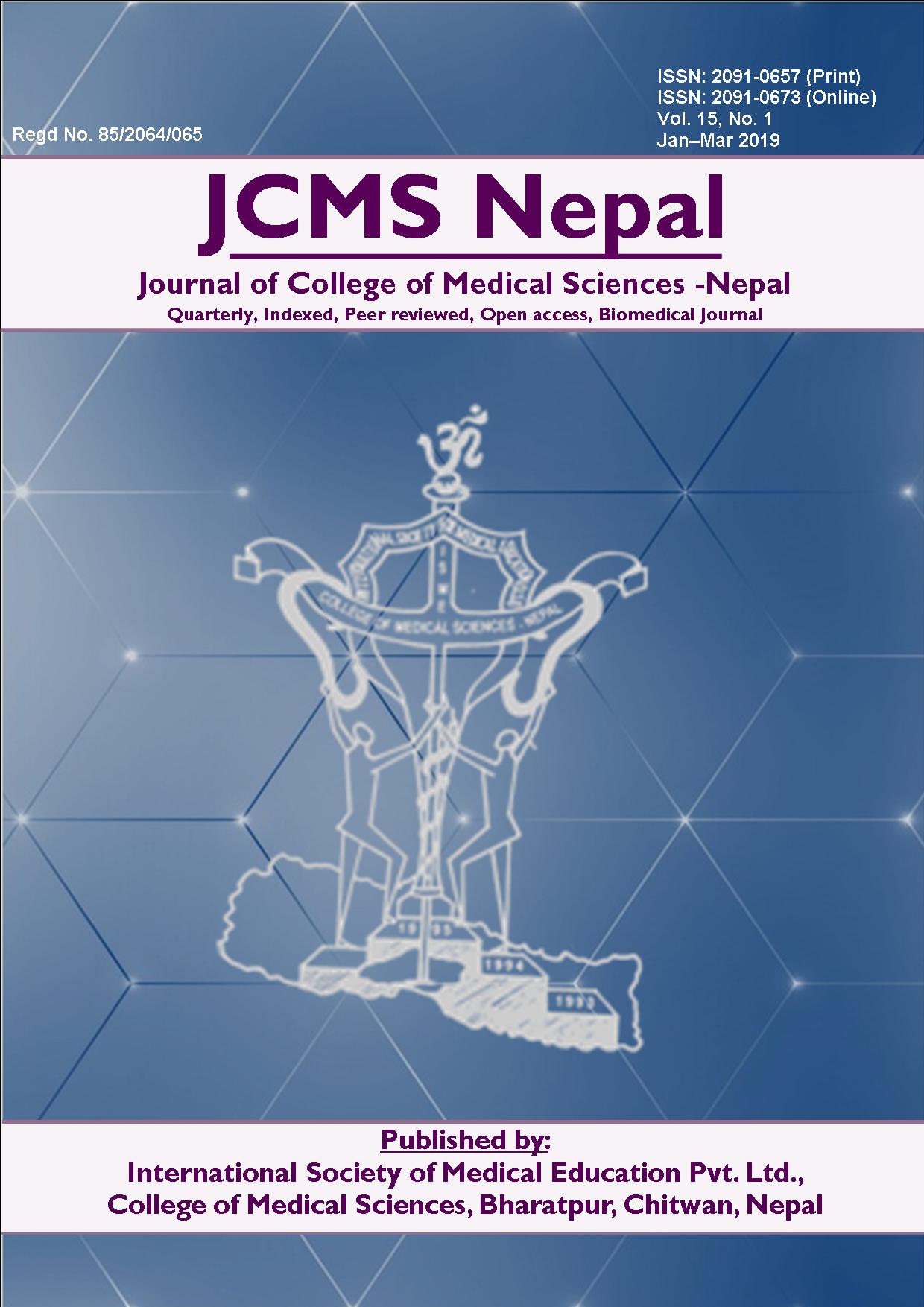Cervical Posture and Skeletal Malocclusions – Is there a Link?
DOI:
https://doi.org/10.3126/jcmsn.v15i1.20509Keywords:
cervical curvature; cervical posture; skeletal sagittal malocclusionsAbstract
Background: The present study was conducted in order to determine cervical posture in different skeletal sagittal malocclusions as well as to assess whether a correlation existed between cervical posture and skeletal relationships. Methods: Cervical curvature and inclination of 63 subjects was assessed using their lateral cephalometric radiographs. Cervical inclination was assessed using the cervicohorizontal postural variables namely OPT/HOR and CVT/HOR whereas cervical curvature was determined by measuring the angle OPT/CVT. Sagittally, the subjects were also categorized into skeletal Class I, II and III based on the angle ANB. One way ANOVA was used for the comparison of cervical posture in different skeletal sagittal malocclusions. Pearson’s correlation was used to evaluate the correlation of cervical posture with different skeletal sagittal jaw relations. Statistical significance level was set at p≤0.05. Results: Statistically significant differences were found between the different skeletal malocclusions for the cervical curvature angle OPT/CVT (p=0.025). A weak correlation of cervical curvature angle OPT/CVT (r=0.305, p=0.016) with sagittal malocclusion was found. Conclusions: Skeletal sagittal malocclusions differ in their cervical postures, especially cervical curvature. Skeletal Class III subjects have significantly straighter cervical columns than skeletal Class I subjects. Cervical curvature is correlated with sagittal jaw relations.
Keywords: cervical curvature; cervical posture; skeletal sagittal malocclusions .
Downloads
Downloads
Published
How to Cite
Issue
Section
License
This license enables reusers to copy and distribute the material in any medium or format in unadapted form only, for noncommercial purposes only, and only so long as attribution is given to the creator.




